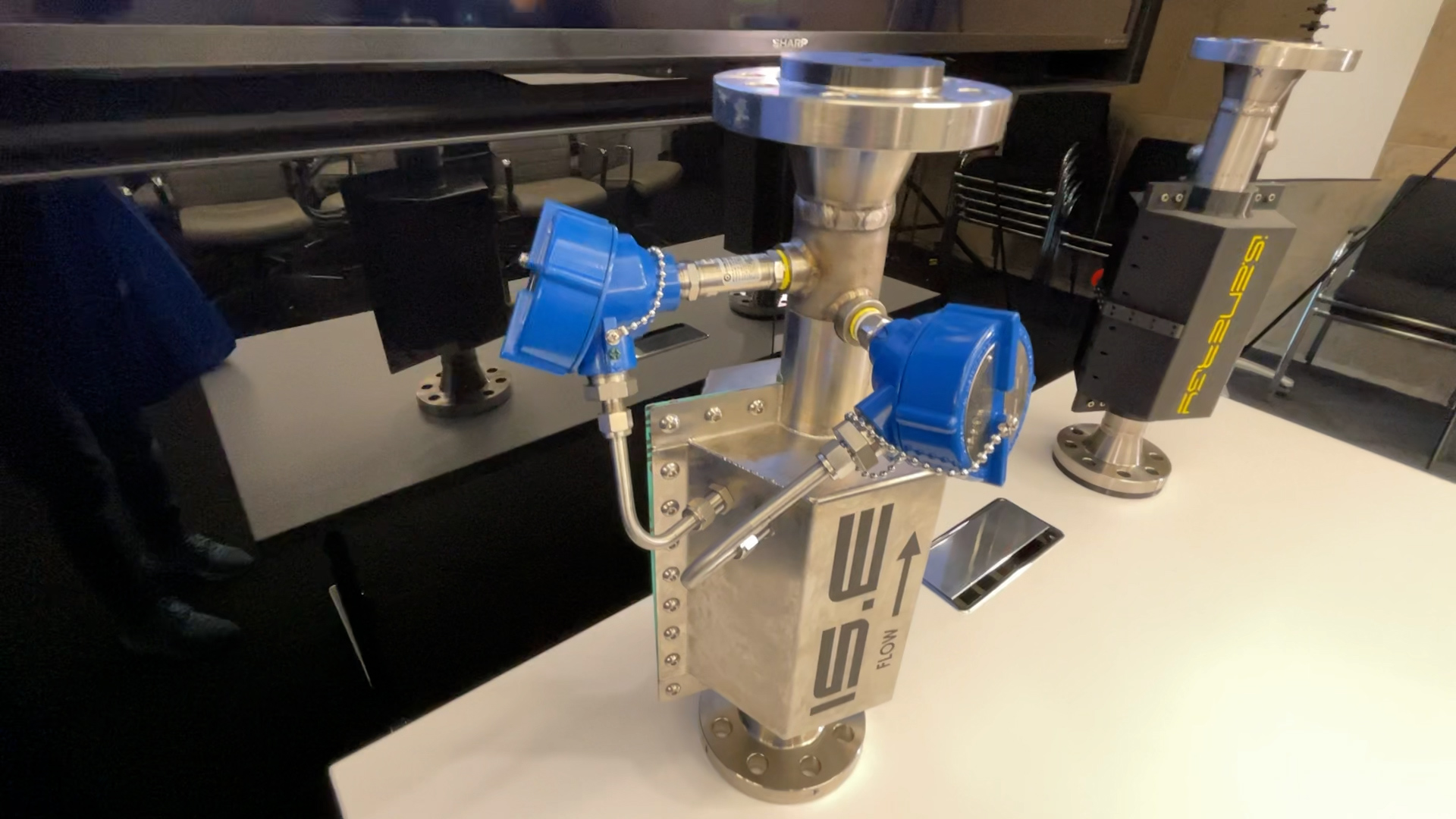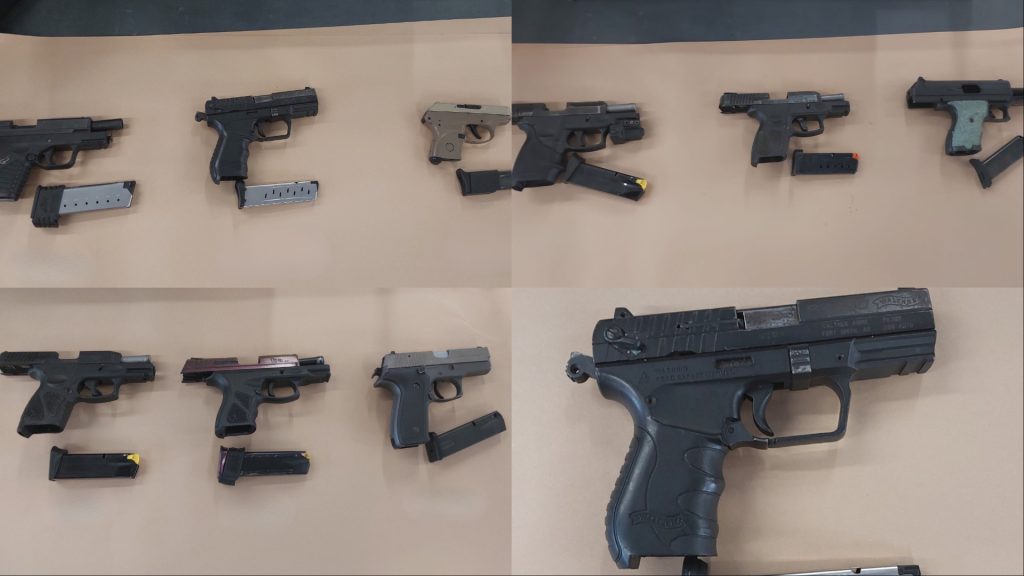Calgary technology sold as game changer in reducing oil sands emissions

Posted Jan 12, 2023 8:11 pm.
Last Updated Jan 12, 2023 9:13 pm.
A Calgary company’s technology used by NASA to search for life on Mars will now be used on Earth to protect the environment during oil rigging.
Impossible Sensing Energy edged out competitors from around the world in a Pathways Alliance global challenge to find a key piece of equipment that will change how oil sands operations work. Developed right here in Calgary at SAIT, this device has already been used on the planet Mars.
Ariel Torre, the co-founder and CEO of Impossible Sensing Energy in Calgary, says it’s a great moment for him and the city.
“I’m very proud of it. What we want to do is, we want to build a company around this and that too with global reach,” Torre said.
“There are around four million wells worldwide. So, imagine if we can put one of these devices in even 20 per cent of them. That will be a significant amount of instruments to be built. And the idea is to do it right here, in Calgary.”

Sherloc, currently on Mars. Credit: NASA/JPL
The company’s optical sensing technology, called FLOW, was awarded first prize among more than 50 global competitors – including those from a U.S. Ivy League University, Sweden, and the UK – in the challenge to find a measurement device that can continuously identify precise amounts of solvents recovered in oil sands production.
Oil sands production is a complex process as bitumen, which is oil mixed in sand, is very hard to extract because of its mixed solid state.
Mark Beckman, the institute research manager at Pathways Alliance in Calgary, breaks this down in simpler words.
“At room temperature, bitumen is incredibly viscous, like a rock and it’s impossible to extract oil out of it,” Beckman said. “Previously, steam was being used to melt oil or bitumen, but that produces emissions which are bad for the Earth.”
Related Stories:
-
SAIT program to help fill gaps in tech industry
-
Can humans hibernate their way to Mars?
-
Alberta invests $50M into oil and gas industry transformation challenge
Scientists came up with mixing solvents in the oil to extract it. Replacing steam in oil production with solvents could result in up to a 90 per cent reduction in CO2 emissions.
However, to fully advance the process, the industry has been searching for a real-time, accurate method to measure the precise amounts and concentrations of solvents to maximize recycling throughout the full oil recovery process.
And this new optical device, FLOW, is like a camera, fixed inside oil rigging pipes, to monitor real-time measurements of how much solvent is added to the oil sands. This will help in reusing solvents and also reduce CO2 emissions.

Two prototypes of FLOW, on display at the Imperial Research Centre in Calgary, Jan. 12, 2023 (Henna Saeed/CityNews)
Canada’s Oil Sands Innovation Alliance (COSIA), the innovation arm of Pathways Alliance, contracted technology accelerator Plug and Play Alberta to lead a global competition, which saw the FLOW technology win the top prize of $45,000.
Wes Jickling, Vice President, Technology Development for Pathways Alliance says this technology is a major step towards achieving the goal of net zero emissions.
“We know there is no single path to net zero and no one company or one sector can get there alone. It will require multiple pathways and collaboration with some of the world’s brightest minds. It’s great to see some of the brightest are right here in our own backyard,” Jickling said.








